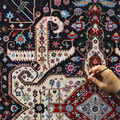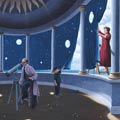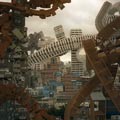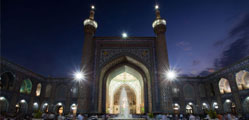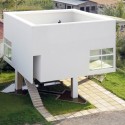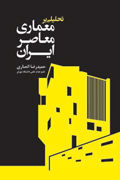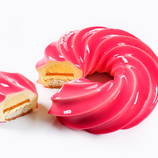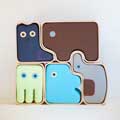Location: Pennsylvania, USA
Project team: Dan Boghean, Kate Kreisher, Eric Kaing , Tim Vassallo , Colette Aboussouan, Tim Annin , Luong Fletcher, Berrin Terim, Nathaniel Peters, Erica van Rabenswaay
Project year: 2011
Photographs: David A. Palmieri




Slipstream is an exploration of the pavilion architecture typology. The concept was inspired by the drawings of Lebbeus Woods (as interpretations of Leonardo Da Vinci’s original experiments). The phenomenon of slipstreaming is described by Mr. Woods as, “a highly dynamic space active with forces that impel a direction that moves, together with the moving body continuously creating it…”. His thoughts opened up a dialog within our group of multi-disciplinary design students. It was agreed to pursue a design influenced by existing, high-traffic, pathways, and conceptually intrigued by the moving of people through a larger body of space. The idea of creating both a material change, and an immaterial shift of atmosphere, around the user, was an interpretation of the mind experiencing a transformation of surroundings (i.e. Visual/conceptual turbulence). The goal of this discourse was to create an aesthetically pleasing and conceptually thought provoking pavilion. The design process also revolved around exploring and translating digital design methodologies into a physical manifestation. Parametric design allowed the pavilion to be designed and controlled by fluid relationships. By linking the parameters of site attractors, surface area, allowable height restrictions, and fabrication limitations, we had a considerable amount of freedom with form generation and aesthetics. This included exploring the differences between density and porosity and the use of light as a medium. The design process began planimetrically, exploring a plane populated by a network of points. This plane evolved into a surface, which was ultimately subdivided on the basis of a desired number of u/v values. These values, or points, were further used to create a field of vectors. When applied to a surface, the vectors became spatial, conveying directionality. Each vector’s lineage could be traced to its location in relation to attractor points placed at prevalent local site conditions. Each attractor had an influence on the both the length and direction of each vector, making the influence of site conditions vital to the density and directionality of the slipstream. Following the creation of the vectors, they were projected onto the desired surface, creating unique spatial conditions. These conditions were both variable and fluid, given the fact that the changing of any of the coded relationship could drastically alter the expression of the design. The digital control allowed the design process to develop iteratively. Each iteration of the slipstream became informative of future transformations. Various iterations produced a clearer logic of structure, while others offered a more desirable aesthetic. The ability to change parameters resulted in a compelling search, or selection, of which variation portrayed our design ideas in the most successful way. Once the desired clarity was established, a subsurface was determined by an offset and digital manipulation of the main structure. The resulting density of exterior structural slipstream was projected onto the subsurface, resulting in a relational transparency. Materiality became an important question in the translation of digital design to fabrication. To achieve the bent, flowing nature of the slipstream’s individual components, we explored the flexibility and strength of bamboo stalks. We discovered very quickly the discrepancies between the forms created computationally and the tolerances of the given materials. By referencing the output from our script, all of the intersections could be correctly and efficiently located and bound together. The structure inherently took the derivation of geometry once lifted into place due to the fixed lengths of the structural members and their ability to conform to the manipulated geometry. The subsurface was then rendered in a reflective Lexan skin, cut by a CNC router and directionally sanded to guide movement through the space. The Lexan skin allowed for a clouding of the periphery when inside the structure and an immaterial change created by site reflections when experienced from outside of the pavilion.




